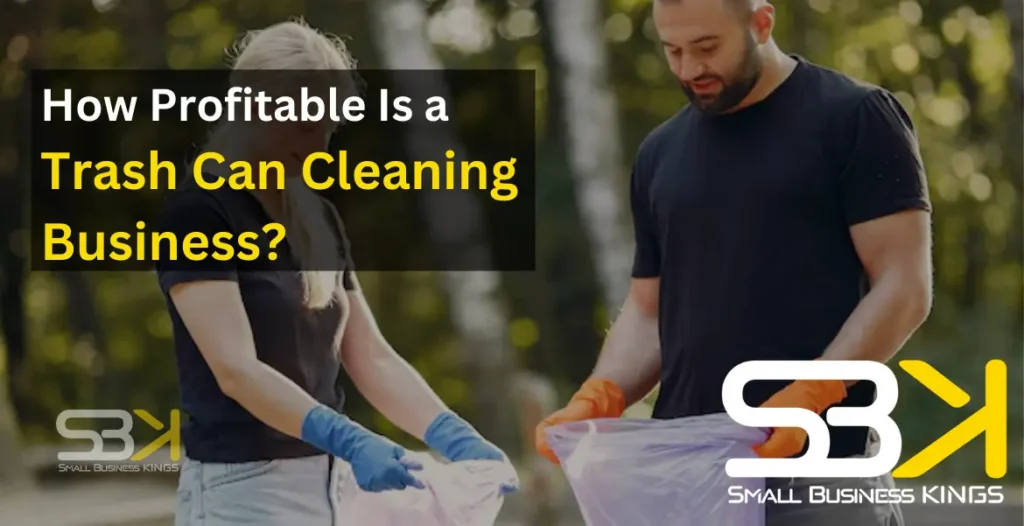Starting a trash can cleaning business might seem unconventional, but it’s emerging as a highly profitable niche with surging demand. In the U.S., where sanitation awareness has increased significantly, especially post-pandemic, this business is gaining traction among residential, commercial, and municipal clients. According to a recent survey by IBISWorld, the waste management industry, including niche services like trash can cleaning, is projected to grow by 3.5% annually, highlighting the expanding market opportunities.
With customers prioritizing convenience and cleanliness, this service is no longer a luxury but a necessity. Residential clients seek regular cleanings to eliminate odors and bacteria, while businesses and municipalities require professional upkeep for compliance and aesthetics. Coupled with eco-friendly cleaning solutions and subscription-based revenue models, this business offers steady income streams, proving it to be a rewarding venture for aspiring entrepreneurs willing to tap into this sanitation boom.
Types of Trash Can Cleaning Services and Their Profitability
When deciding on the type of trash can cleaning services to offer, it’s important to consider the profitability potential of each. Understanding the different types of trash can cleaning business can help you determine which model aligns best with your goals and target market, ensuring long-term success and profitability. Here are some common types of trash can cleaning services and how they can impact your bottom line:
- Residential Trash Can Cleaning: Charges range from $10–$20 per bin, generating $1,000–$2,000 monthly with 100 regular clients.
- Commercial Trash Can Cleaning: Rates vary from $50 to $200 per cleaning, offering higher earnings but requiring more labor and equipment.
- Municipal Trash Can Cleaning: Contracts with municipalities can generate $5,000 to $50,000 annually, providing stable, bulk income.
- Specialized Cleaning Service: Add-ons like odor removal or pest control can boost earnings by $10–$50 per bin, increasing profitability.
Each of these types of services offers different profitability potential depending on factors like location, customer demand, and your ability to manage costs efficiently. Consider your target market and the specific needs of your community to determine which combination of services will generate the most profit for your business.
Market Demand and Growth Potential
With heightened awareness about sanitation, more people are willing to pay for services that ensure a cleaner environment. Trash can cleaning services cater to a pressing need, making them highly marketable. Starting a trash can cleaning business can be a lucrative opportunity, as it taps into this growing demand for cleanliness and hygiene.
The primary clients for trash can cleaning services include:
- Residential areas: Homeowners often seek monthly or quarterly cleaning services for their bins.
- Commercial sectors: Businesses require clean dumpsters to maintain a hygienic environment.
- Municipal clients: Public trash cans in parks and streets need regular cleaning.
Trends like eco-conscious living and stricter hygiene regulations are driving demand for professional bin cleaning services. This business is no longer just a luxury; it’s becoming a necessity.
Revenue Potential
Trash can cleaning businesses can earn between $50,000 and $150,000 annually, depending on the size of the operation and the customer base. Larger businesses with commercial and municipal contracts can earn even more.
Factors Affecting Income
- Location: Urban areas with high population densities have more clients.
- Service Frequency: Monthly or quarterly subscriptions increase revenue stability.
- Customer Base: Retaining long-term clients ensures steady income.
Subscription-based services are popular. Offering plans such as monthly, bimonthly, or quarterly cleanings creates a predictable and recurring income stream. These models also enhance customer retention, as clients appreciate the convenience of automatic scheduling and consistent service.
BreakEven Analysis
To determine the breakeven point for a trash can cleaning business, we can use the following simple example:
Let’s assume that your fixed costs (vehicle maintenance, labor, insurance, etc.) amount to $5,000 per month. If you charge $20 per bin and service 500 bins per month, your monthly revenue would be $10,000. With these figures, your breakeven point would be $5,000 in fixed costs, and any revenue beyond that would contribute to your profit.
Factors Affecting the Breakeven Point
Several factors can affect how quickly a trash can cleaning business reaches its breakeven point. Location plays a significant role; businesses in densely populated urban areas can attract a larger number of customers, while suburban or rural areas may see slower growth.
Another important factor is the pricing model. Offering subscription services or bundled packages, such as monthly cleanings for a flat rate, can help generate a consistent revenue stream and reduce fluctuations in demand. Pricing strategically is crucial to staying competitive, especially in markets with multiple competitors.
In addition, effective marketing and customer retention strategies are essential for minimizing the time it takes to reach the breakeven point. By establishing a loyal customer base and maintaining high levels of service, a trash can cleaning business can more quickly cover its operating costs and become profitable.
Operational Expenses
- Labor: Hiring workers for larger operations.
- Supplies: Cleaning detergents, gloves, and safety gear.
- Vehicle Maintenance: Regular upkeep of your truck or trailer.
Maximizing Profit Margins
Efficient operations, like optimizing routes and reducing water usage, can significantly cut costs. For instance, scheduling clients in the same neighborhood on the same day can save fuel and time. Businesses using water recycling systems can save up to $1,000 annually in water expenses, boosting profits.
Cost-Management Strategies
Using eco-friendly, cost-effective cleaning solutions and energy-efficient equipment is a smart way to minimize expenses. Investing in bulk supplies can reduce costs by 10–20%, while solar-powered equipment can lower electricity bills by $500–$1,000 yearly, enhancing long-term profitability.
Choosing the right trash can cleaning business equipment that prioritizes energy efficiency and sustainability can further boost your business’s overall cost-effectiveness and success.
Example of Target Customers & Profitability
In different regions, trash can cleaning businesses target specific customer demographics, and these choices can directly affect profitability. Here’s an overview of potential customer types and how their behavior impacts revenue:
- Urban Areas: Customers in cities like New York or Chicago are typically busy professionals who value convenience and cleanliness. They are willing to pay a premium for regular trash can cleaning services, with average costs ranging from $15 to $25 per bin. With frequent visits (monthly or bi-monthly), this leads to a consistent revenue stream. These customers are also more likely to opt for eco-friendly cleaning options, further boosting profitability.
- High-Income Areas: In affluent neighborhoods such as Beverly Hills or Greenwich, customers expect top-tier services, paying between $25 and $50 per bin for thorough cleaning, odor treatment, and pest control. These clients are likely to sign up for monthly or bimonthly services, making the business highly profitable due to the higher pricing and consistent demand for premium services.
- Suburban Areas: In suburban regions like Denver or Atlanta, customers tend to prioritize affordability while maintaining cleanliness. They typically spend around $10 to $15 per bin and may use services every month or every other month. While profit margins may be lower compared to high-end areas, the volume of customers and steady demand help sustain consistent growth.
Understanding these customer behaviors helps trash can cleaning businesses tailor their services, optimize pricing, and maximize profitability across various regions.
Success Factors for Profitability
Customer Service and Retention
Happy customers mean repeat business. Ensure excellent service quality and timely communication. Going the extra mile, like sending reminders for upcoming cleanings, can boost loyalty. Offering personalized discounts for long-term clients can further strengthen retention and drive word-of-mouth referrals.
Marketing Techniques
Use targeted ads on social media, participate in local events, and offer referral discounts to attract new clients. Leveraging local SEO strategies, such as Google My Business, can increase visibility. Running seasonal promotions, like discounts during spring cleaning months, can also attract a surge of customers.
Eco-Friendly Practices
Appealing to environmentally conscious customers by using biodegradable cleaning products can give your business an edge. Highlighting eco-friendly practices in your marketing materials can build trust. Additionally, implementing water recycling systems can reduce environmental impact and resonate with sustainability-focused clients.
Real Trash Can Cleaning Success Stories
The Trash Can Cleaning Business – Bin Clean: Founded by a couple in Texas, Bin Clean started as a small operation cleaning residential trash cans. Through clever marketing and a focus on exceptional customer service, they quickly grew into a full-fledged business.
They implemented subscription models and expanded to commercial clients, including local businesses. With their unique offering of eco-friendly solutions and quick service, they were able to attract a loyal customer base, leading to consistent monthly revenues of over $50,000. Their success lies in offering convenience and filling a niche market with little competition in the area.
Challenges Impacting Profitability
Challenges impacting profitability in the trash can cleaning business include seasonal demand fluctuations, market competition, and the labor-intensive nature of the work. During colder months, demand for trash can cleaning may drop, so offering promotions or diversifying services, like driveway cleaning, can help maintain steady revenue.
In competitive markets, it’s crucial to differentiate your business through exceptional service or unique features such as eco-friendly cleaning methods, quick response times, or customer loyalty programs.
Additionally, trash can cleaning is physically demanding, requiring significant labor. Investing in proper equipment and training can ease the workload, while automating certain aspects, like water recycling or pressure washing, can improve efficiency and reduce physical strain on workers.
Conclusion
The trash can cleaning business offers a lucrative opportunity for entrepreneurs ready to tap into the growing demand for sanitation services. While startup and operational costs exist, recurring revenue models and proper management can make this venture highly profitable. With the right approach and dedication, you can clean up in this niche market—literally and financially.
FAQs
- What Is the Profit of a Garbage Can Cleaning Business?
A garbage can cleaning business can earn between $50,000 and $150,000 annually, depending on size and customer base. - Is Trash Bin Cleaning a Good Business?
Yes, it can be profitable with consistent demand, especially in urban areas and with subscription services. - What equipment is needed to start a trash can cleaning business?
You’ll need a pressure washer, cleaning solutions, water tanks, and a trailer or truck. - Are there eco-friendly options for trash can cleaning?
Yes, using biodegradable detergents and water recycling systems makes your service eco-friendly. - Can this business be operated part-time?
Absolutely! Many entrepreneurs start part-time and expand operations as demand grows.


